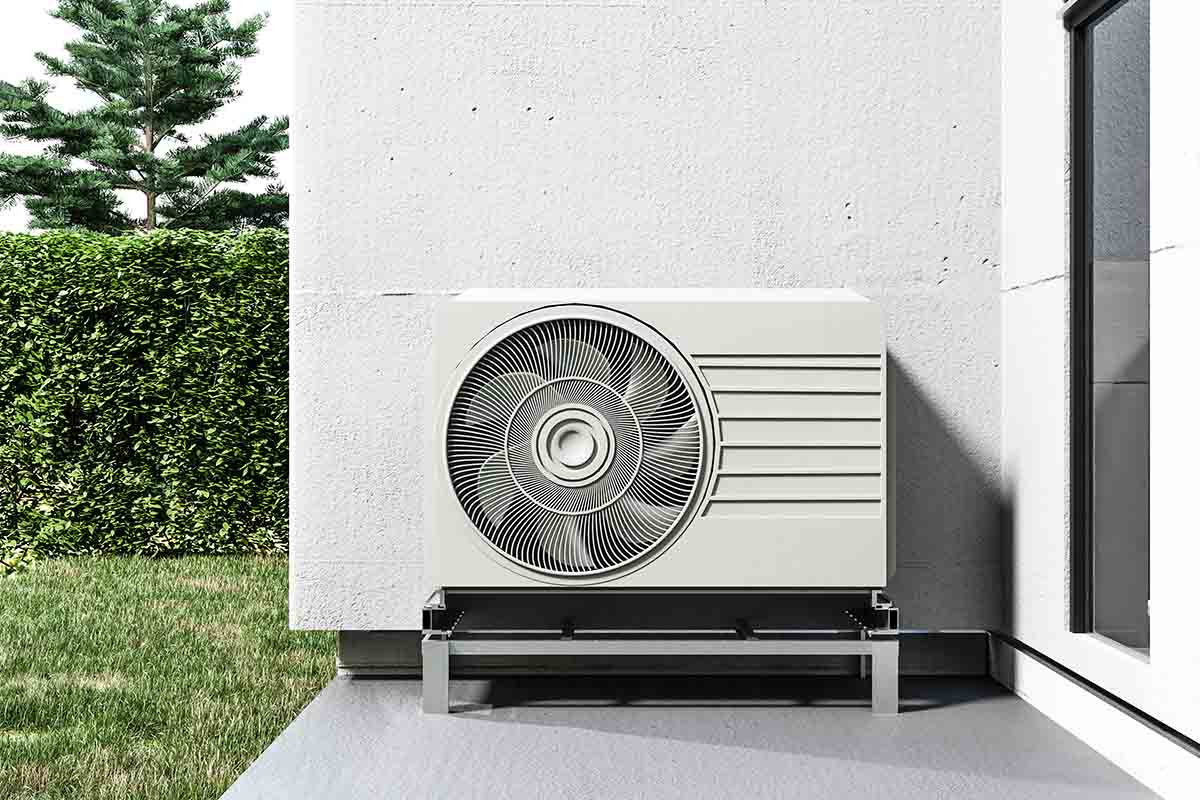4 AC Parts That Typically Wear Out and When to Replace Them
Over time, wear and tear can wear down your air conditioner. When minor issues develop into costly repair bills, upgrading may make more financial sense than paying for ongoing repairs.
However, choosing between repair or replacement can be difficult. To simplify matters further, use the $5,000 rule as a general guideline when making this important decision.
So, if you need to hire a professional to help you with your HVAC system concerns, don’t hesitate to contact Hurliman Heating & Air Conditioning.
Thermostat
The thermostat controls the air temperature in a home and typically lasts ten years; however, like any component in an AC system, it may show signs of wear that signal its time for replacement.
If your HVAC shuts off before its desired temperature is reached and then restarts itself again, this could indicate a malfunction with your thermostat. In particular, its sensor could wear out and no longer send prompts to activate your HVAC.
To verify if your thermostat has become outdated, switch it off at the breaker box to reduce electrical injuries when installing or removing an old thermostat from its mounting plate. With power off, remove and unplug its wires before taking further steps to replace it with a new model.
Blower
The blower motor is the component that forces air through your system’s ductwork. Housed within your air handler unit and operating during both cooling and heating processes, its high level of use exposes it to more wear and tear than any other AC component.
Foreign objects often get trapped between fan blades and can sometimes get lodged inside them, leading to excess friction, leading to breakdown, and eventually complete failure of the motor.
Any issues with blower motors should be taken care of quickly before becoming more serious – often this means replacing it entirely with new filters and possibly capacitors.
Evaporator Coil
Your AC system works by extracting heat from indoor air and sending the cool air back outside, using its evaporator coils inside of the blower compartment or air handler to reduce temperatures indoors before sending it back outside again.
Evaporator coils are composed of interconnected copper coils positioned within an air handler and connected by refrigerant tubes, designed to conduct heat quickly while increasing surface area for greater cooling efficiency.
Evaporator coils often become covered in dirt and debris, hindering their effectiveness. Corrosion may develop as well, creating tiny pinholes in their coils. Thankfully, AC technicians can easily diagnose and address such issues.
Refrigerant
Your AC system uses refrigerant in an enclosed system; therefore, no refrigerant can vaporize or burn away. However, its tubing may wear down over time and cause leaks to appear.
Refrigeration fluid comes in both liquid and gaseous forms. Refrigerant absorbs heat and humidity inside your compressor, then creates condensation for cool airflow in your home.
The ongoing loss of refrigerant is natural over time, but you should only notice a leak when your air conditioning stops functioning as intended. Look for signs such as film or stream leakage from the evaporator coil, compressor, and accumulators.
Service technicians use pressure/temperature charts to locate where leaks may exist. You might also observe an increase in your energy bill from working harder to keep the thermostat temperature consistent.



















